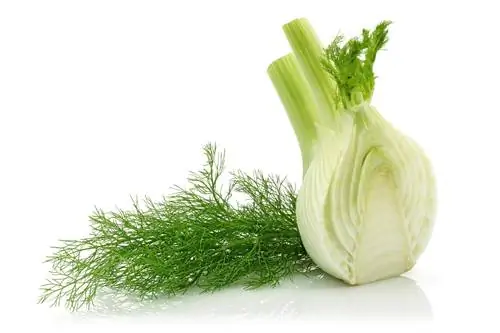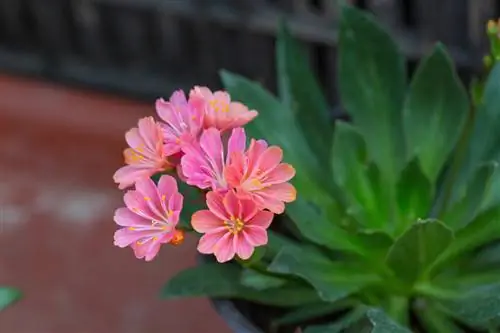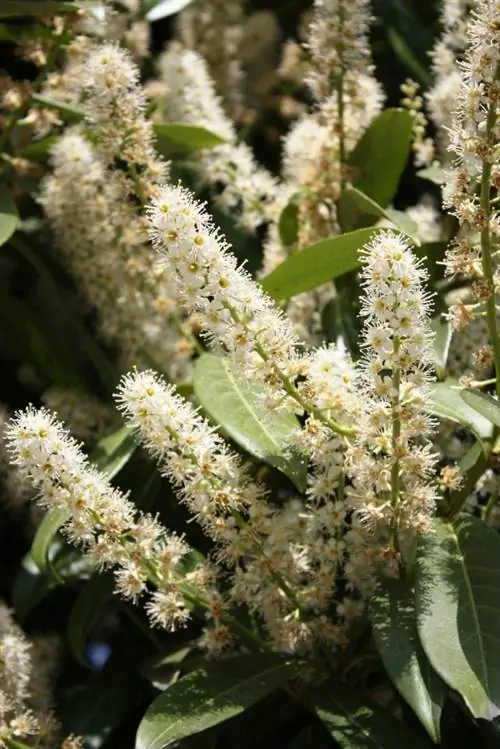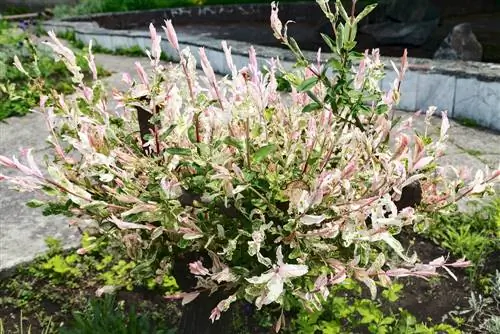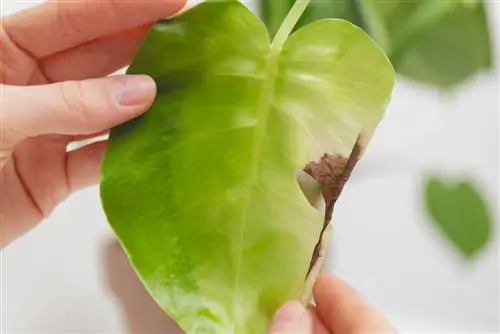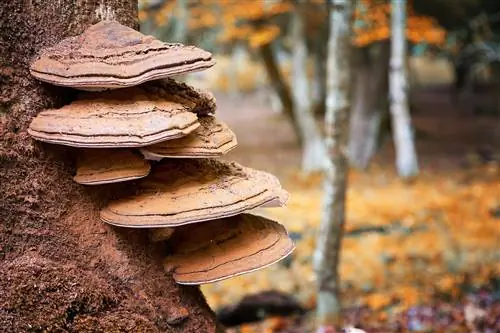- Author admin [email protected].
- Public 2023-12-16 16:46.
- Last modified 2025-01-23 11:22.
If you have ever hiked through forests and meadows, you may have discovered plants that look very similar to dill. Both the pinnate leaves and the double umbels are not only found in dill, but also in some other plants.
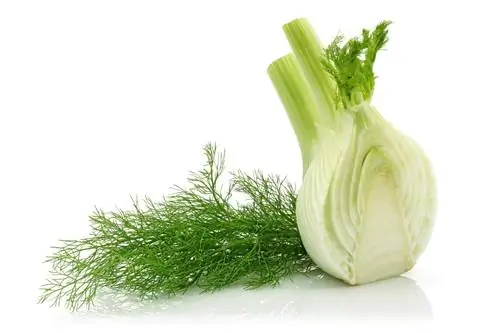
What plants can dill be confused with?
Dill can be mixed with many other umbelliferous plants such asFennel,Anise,CarawayandSpotted Hemlock can be confused. Dog parsley and water hemlock also look vaguely similar. To avoid confusion, only home-grown or commercially grown dill should be used.
How is dill similar to caraway seeds and how do you distinguish them?
Dill and caraway are externally very similar in terms ofgrowth,leavesandflowersand therefore hardly distinguishable for the layperson. Their height as well as their stems, leaves and flowers have similar characteristics. A good distinction is possible using theSeeds. Dill seeds are very flat. Caraway seeds, on the other hand, are elongated and curved. Another difference between the two is that, unlike biennial caraway, dill is only an annual plant. It blooms just a few months after sowing.
What does fennel have in common with dill?
Both dill and fennel havefeathery, very narrow and greenleaves. They both belong to theUmbelliferous familyand form anumbrella-shaped flower umbel in summer. They are also both popular in the kitchen.
What are the differences between dill and fennel?
If you have grown both dill and fennel in your garden and can no longer remember where which plant was sown, you can find it using theleaves, theheight, thesmelland theseeds. Here are the key differentiators:
- Dill leaves are more delicate and smaller
- Fennel grows up to 200 cm high
- Dill grows to a height of 40 to 150 cm
- Dill grows denser
- Fennel smells like licorice
- Fennel seeds are bigger
- Fennel is perennial
- Bulb fennel forms a white bulb
What toxic doppelgangers does dill have?
The dill has three poisonous counterparts: thespotted hemlock, thewater hemlockand thedog parsley However, with a little knowledge, these poisonous members of the umbelliferous family can be easily distinguished from dill. The leaves of dill are much finer and smaller and the plant height is lower. The spotted hemlock differs significantly from dill, whose stems are only green, due to its reddish-brown spotted stems. Water hemlock and dog parsley have less deeply slit leaves than dill.
How can dill and anise be distinguished?
Anise and dill have differentflower colors. While Anise haswhiteflower umbels, Anethum graveolens hasyellowumbels. Another distinguishing feature is the taste of the leaves. Anise leaves tastelicorice-like.
How can dill be identified?
The best way to distinguish dill from other plants is by itssmellandtaste. If you are not sure whether it is actually dill, check the intense smell that comes out when you crush the leaves. Only when you are almost sure should you do the taste test.
Tip
Dill usually doesn't grow wild
Dill does not usually grow wild in meadows, along roadsides or in the forest, but is only cultivated in gardens. So if you find a plant in the wild that looks like dill, it is most likely not dill, but one of its doppelgängers.

